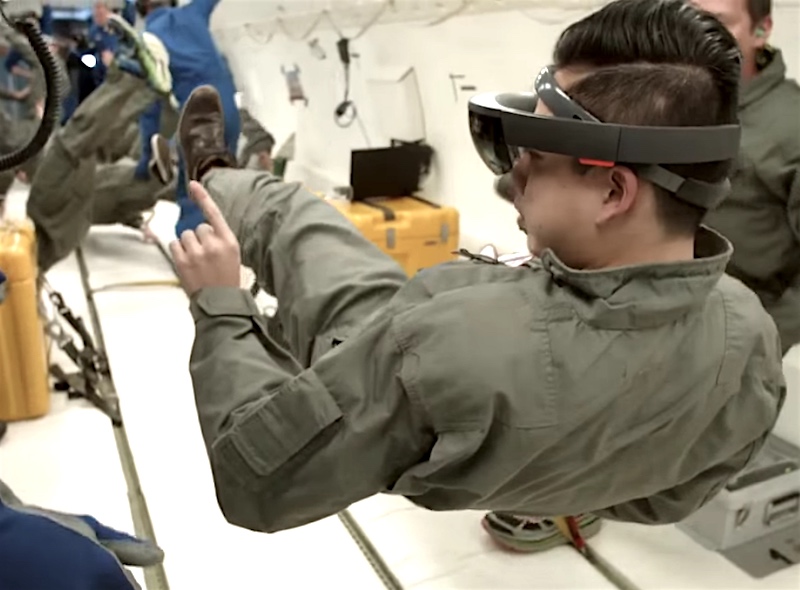
At its global unveil, Microsoft demonstrated how the HoloLens – its augmented reality headset – could significantly improve our gaming and design experience. But, of course, the application of its well-praised HoloLens isn’t limited to just these spheres. Later in the same year, Nasa partnered with Microsoft to form a joint venture called “Sidekick” to empower astronauts aboard the International Space Station and leverage on HoloLens technology. The space agency is now laying bare on more details about the collaboration.
At the Vision Summit 2016, Jeff Norris, Mission Operations Innovation Lead at Nasa JPL shared the number of fascinating things his team has been able to do using Microsoft’s HoloLens and other technologies. A scientist could now utilise a HoloLens and experience the Martian surface as if he or she was actually on Mars, Norris noted. The headset also enables a scientist at the International Space Station to collaborate with the team on Earth in a much more interactive way.

“I am inspired by the potential of virtual and augmented reality to take us to places limited only by our imagination,” Norris said. “At Nasa, we are also excited by the potential of this new medium to take us to new places that are no less fantastic. […] What if a scientist could stand on Mars without leaving his or her office? They could explore the Martian landscape using the same skills that they developed as a geologist on Earth.”
“We could bring them together with their colleagues around the world within the environment that they are exploring. What if we could put a person inside the body of a robot and let them control as naturally as they control their own body?” he asked. “We can extend our reach into hazardous environments and control our machine more effectively than ever before.”

Norris went on to explain how these technologies are allowing scientists and researchers to simulate an environment, make advancements without having to get their heads around making the required machines first. “We believe that all these applications will revolutionise space exploration. But I am sorry to say that this is not our future,” Norris said, puzzling the audience. “Because, it is happening right now.”
[Source:- gadgets.ndtv]










